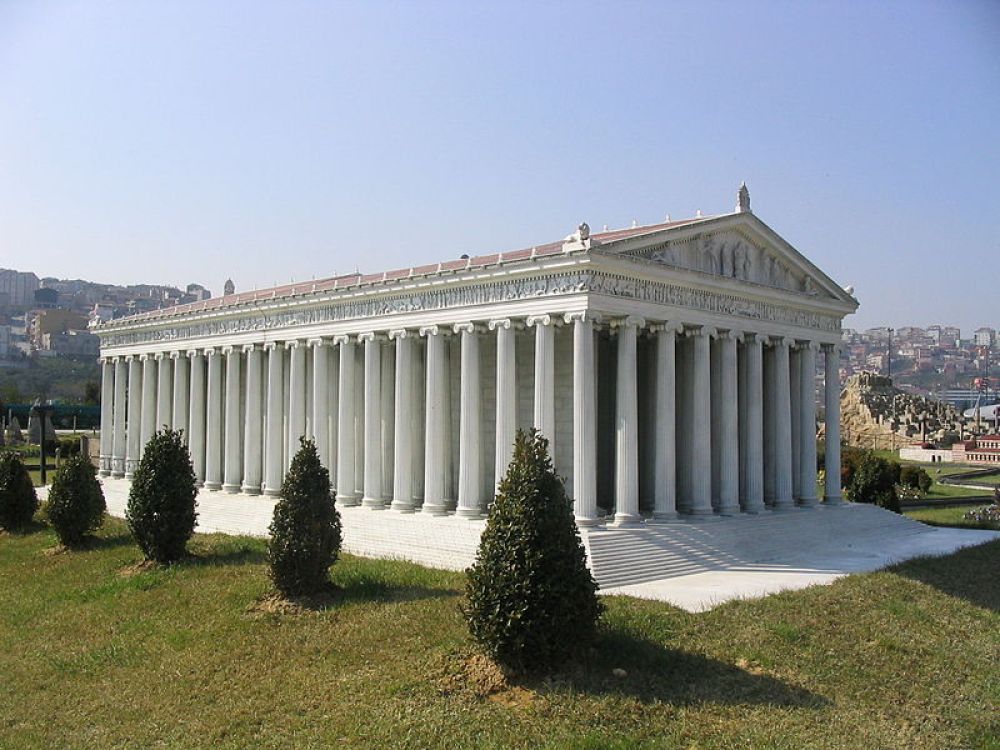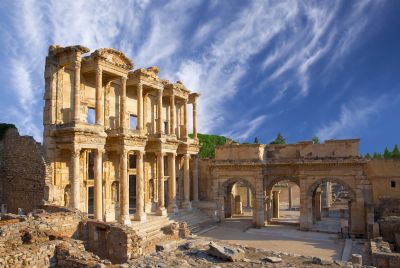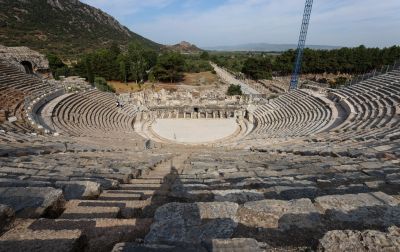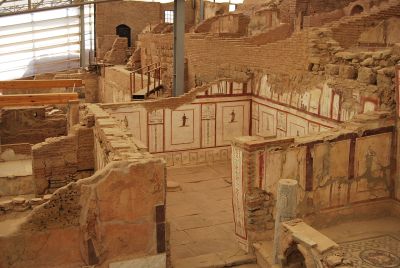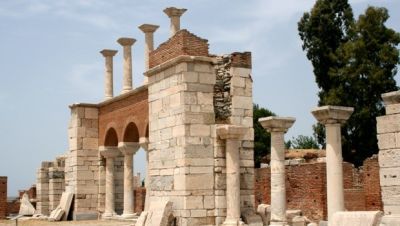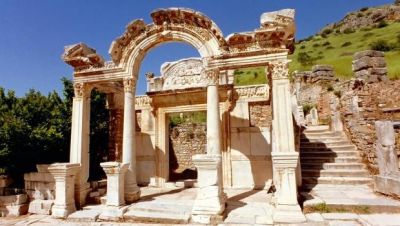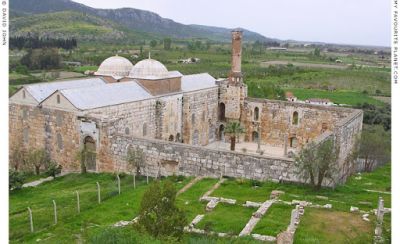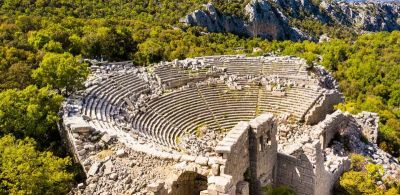The Temple of Artemis in Ephesus, Turkey: A Journey Through Tourism History
Brief History of the Temple of Artemis
The Temple of Artemis, one of the Seven Wonders of the Ancient World, has captivated visitors for centuries. Located in the historic city of Ephesus, now near the modern town of Selçuk in Turkey, the temple was dedicated to Artemis, the Greek goddess of the hunt, wilderness, and childbirth. Originally constructed in the 6th century BC, it was rebuilt multiple times due to destruction by a flood and later by arson. The temple served not only as a religious center but also as a marketplace and a cultural hub. Its greatest iteration was commissioned by the Lydian King Croesus and designed by the architect Chersiphron.
Early Tourism to the Temple
Even in antiquity, the Temple of Artemis drew visitors from across the Mediterranean. It was a site of pilgrimage and wonder for travelers of the ancient world. Its allure continued through various empires and persisted even when the temple was no longer in its full glory. Historians and archaeologists believe that the site remained an object of curiosity throughout the Byzantine and Ottoman periods. However, unlike today, tourism in the past was limited to the privileged classes who could afford to travel.
The Modern Era of Tourism
The Temple of Artemis became more accessible to the wider public with the onset of modern tourism in the 19th and 20th centuries. The advent of railways and steamships made traveling more affordable and comfortable, allowing middle-class tourists to visit historical sites. Excavations in the late 19th century led by British archaeologist J.T. Wood and later by David George Hogarth brought international attention to Ephesus and its wonders, sparking a renewed wave of interest in the Temple of Artemis.
Current Tourism Trends
Today, the ruins of the Temple of Artemis are part of a UNESCO World Heritage Site, with the city of Ephesus being one of Turkey's most celebrated tourist destinations. While only a single column remains of the once-great temple, its legend and the extensive archaeological site of Ephesus attract countless visitors year-round.
Modern tourism trends around the Temple of Artemis feature a combination of educational experiences and sustainable practices. Tourists often explore the area guided by professional archaeologists or through interactive digital tours. In recent years, emphasis has been placed on preserving the site and minimizing the impact of tourism on local ecosystems. Visitors today experience a deep connection to antiquity while respecting the area's rich cultural and environmental heritage.
Future of Tourism at the Temple of Artemis
The future of tourism at the Temple of Artemis appears promising yet challenging. With global travel continually evolving, virtual reality experiences and online exhibitions are on the rise, offering alternative ways to appreciate the temple's historical significance. However, maintaining the delicate balance between increasing tourist interest and preserving the archaeological integrity of the site remains a crucial priority for Turkey's cultural heritage guardians.
